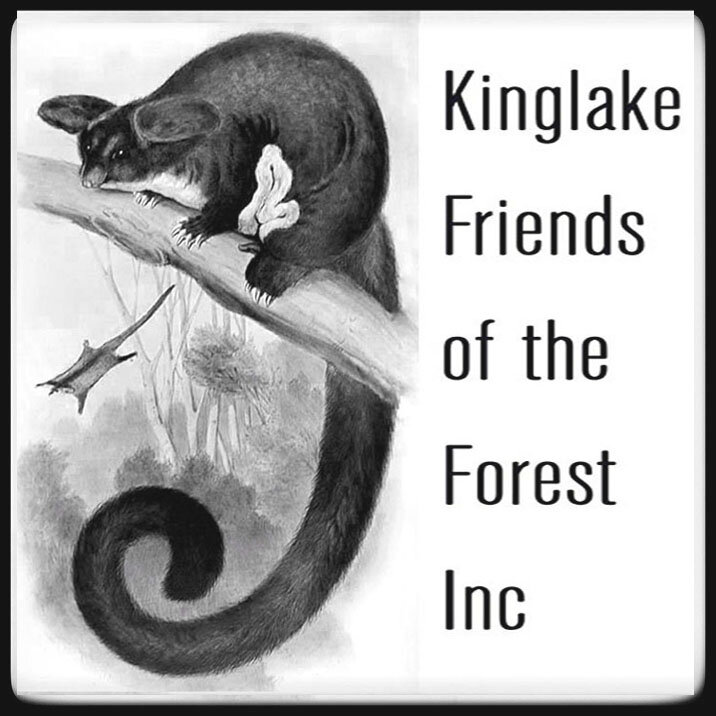
Objections to planned burns
Objection to Planned Burn HR-MUR-TLG-0008, Mt Robertson Boggy Spur Tk, Kinglake
Surveys by KFF and community members. Report comiled by KFF.
Objection to planned burn HR-MUR-TLG-0009, Mt Robertson Battery Spur, Kinglake
Surveys by KFF and community members. Report comiled by KFF.
Objection to planned burn LM-MGF-RUS-0218, Whroo Scrubby Rd
Surveys by KFF and community members. Report comiled by KFF.
Fuel Hazard Assessment for planned burn HR-MUR-BRD-0092, McMahons Rd, Flowerdale
Independant FHA by Sam Chalmers. A total of 98 assessments were conducted across the two survey zones on the 24th of April, 2024.
Since finishing his Bachelor of Science (Plant Biology) and Honours (Bushfire Ecology), Sam has worked as a freelance ecologist for a variety of consultancies and stakeholders. Sam specialises in bushfire ecology and has extensive experience conducting fuel hazard assessments throughout a number of the state's bioregions.
Assessment of the Xanthorrhoea Track planned burn
By M. Feller and G. George, December, 2021; updated March, 2022
Submissions to Government Reviews
Freedom of Information requests
On January 8 2021 KFF received these documents from the FOI Unit which underpin the guideline in the Greater Glider Action Statement to:
“Retain at least 40% of the basal area of eucalypts across each timber harvesting coupe, prioritising live, hollow bearing trees, wherever a density of Greater Gliders equal to or greater than five* individuals per spotlight kilometre (or equivalent measure) is identified.”
*three individuals per spotlight kilometre now triggers this rule. As quoted in Supreme Court transcript WOTCH v VicForests July 2020.
Our FOI request uncovered that one scientific paper by Rodney Kavanagh informs these guidelines. Kavanagh acknowledges that Greater Gliders are generally regarded as a species that is highly sensitive to intensive logging but proposes that:
“Greater Glider populations can be maintaiaed (sic) (everything else being equal) at or near pre-logging levels when at least 40% of the original tree basal area is retained throughout logged areas and when the practice of retaining unlogged forest in filter strips and other riparian reserves has been implemented.”
This quote indicates that 40% retention of tree basal area is the bare minimum required to give gliders a chance of surviving, and that this (optimistic) prediction is contingent upon the implementation of the other measures mentioned and the retention of trees throughout the coupe. Our field work (see breach reports) suggests this is far from the case.
